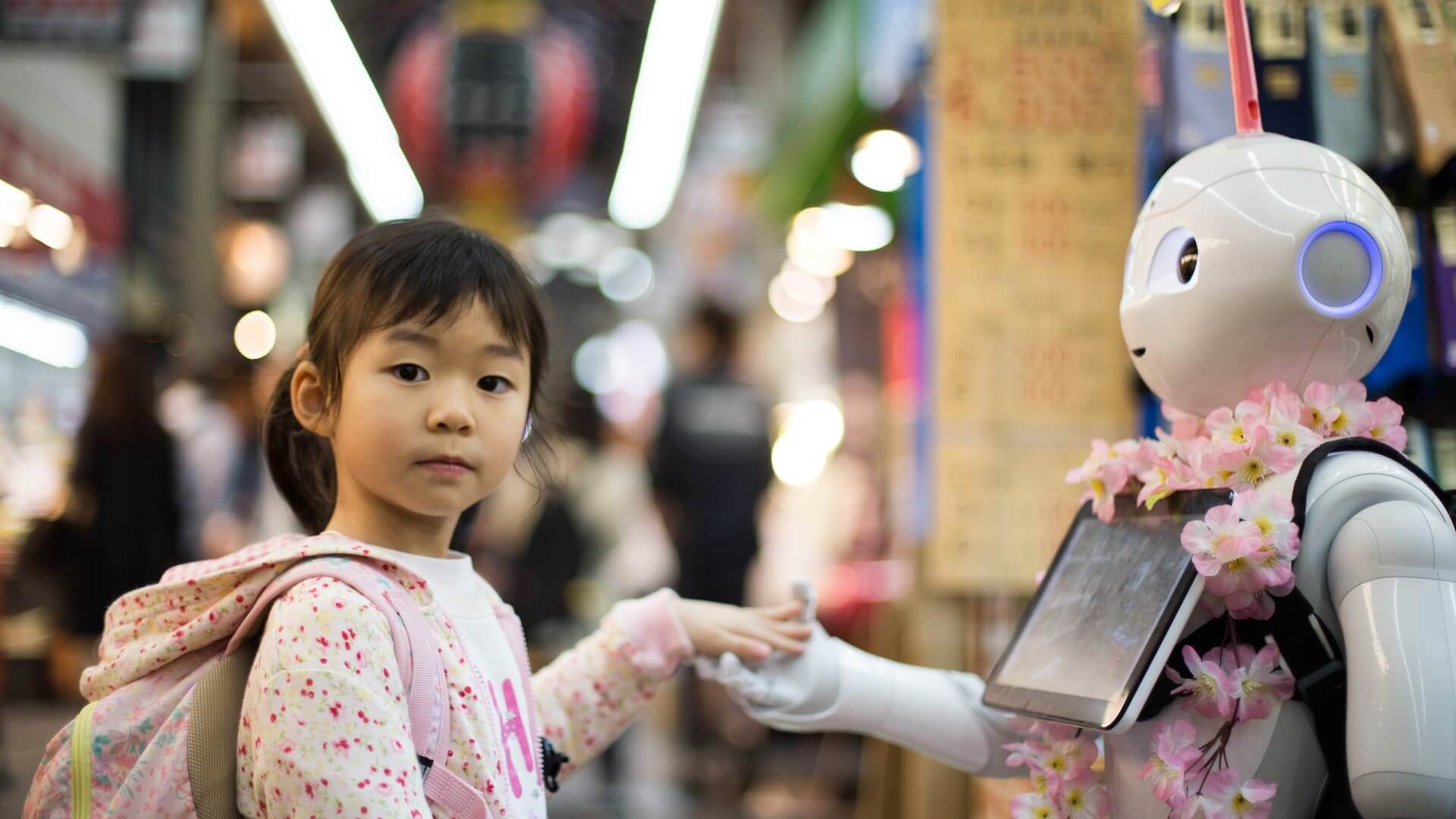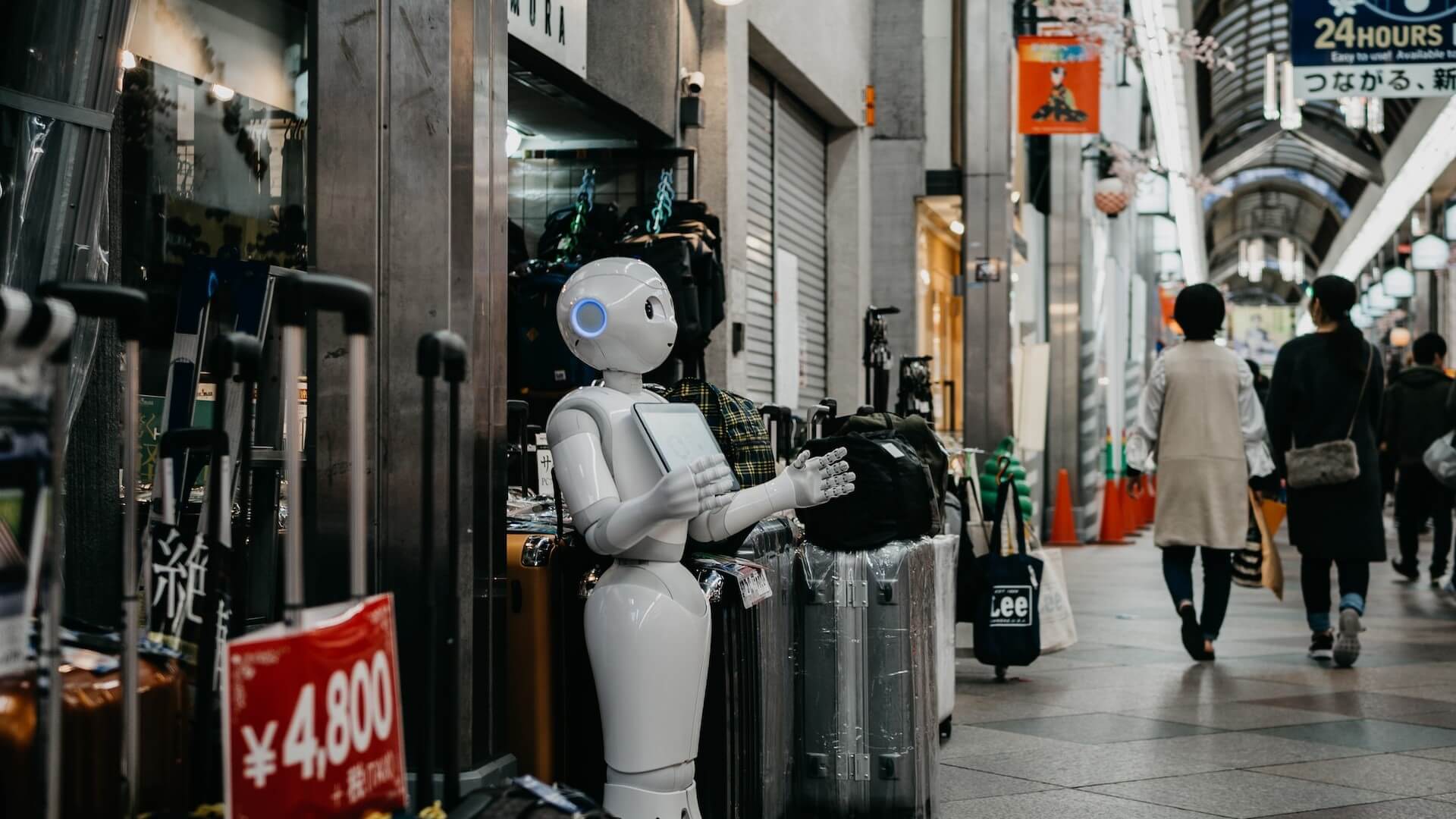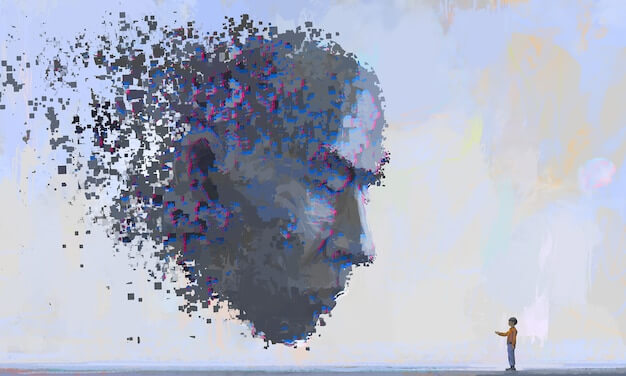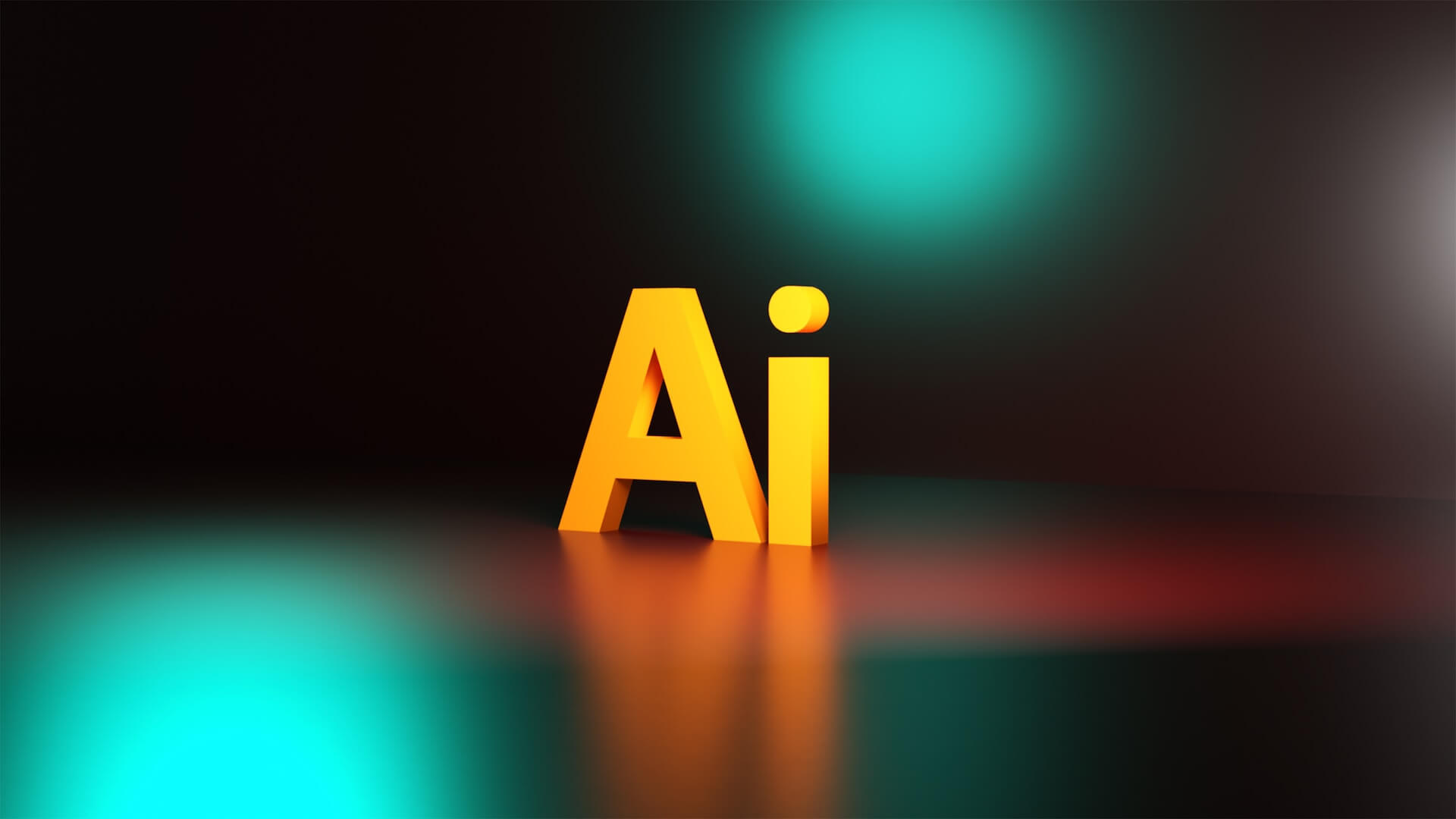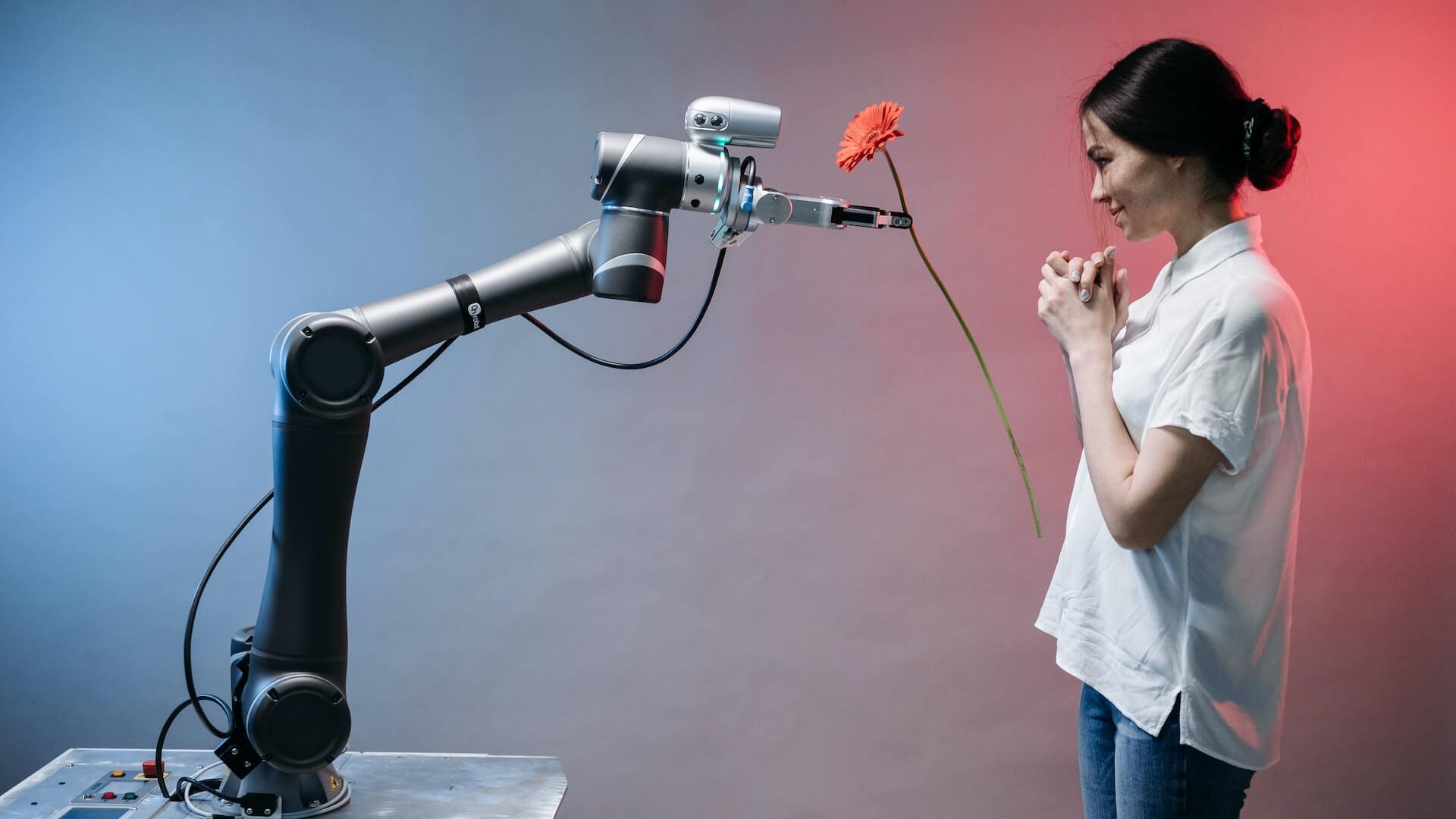Auto-GPT is an experimental open source application that demonstrates the capabilities of the GPT-4 language model.
AI
Language models are artificial intelligence techniques that generate natural language based on a given text, and OpenAI's GPT family of language models is one of the most advanced representatives available today
GPT-4 will already design its own chips! One of the oldest problems in the chip design industry, HDL, has been successfully solved by GPT-4. And, the 130nm chip it designed has been successfully flowed.
There is no denying that AI models like ChatGPT are becoming more and more powerful, but as their tentacles reach into all corners of human work, learning, and life, human existence and interests are being increasingly squeezed.
The gender parity gap in the technology industry is actually well documented and the problem is prevalent at all levels of the industry, but technology also promises to be a powerful way to close the gap between genders.
In recent months, bad news about AI replacing jobs has been coming almost daily. Last Thursday, BT unveiled its latest plan, announcing that it will replace 10,000 employees with AI technology.
We live in an age of intelligence. Many fields that seem to be exclusive to human beings are being continuously scoured, eroded and scoured by the tide of intellectualization, and painting is no exception.
IDC predicts that spending on AI technologies will increase to $97.9 billion by 2023 - more than 2.5 times the 2019 spending level.
Artificial intelligence, also known as machine learning, is a software system pioneered decades ago and based on neural networks.
Over the past few decades, an epidemic that has spread across the globe has been quietly brewing. Specifically, mental health problems around the world have begun to grow exponentially, and their catastrophic consequences have begun to cause great concern.




